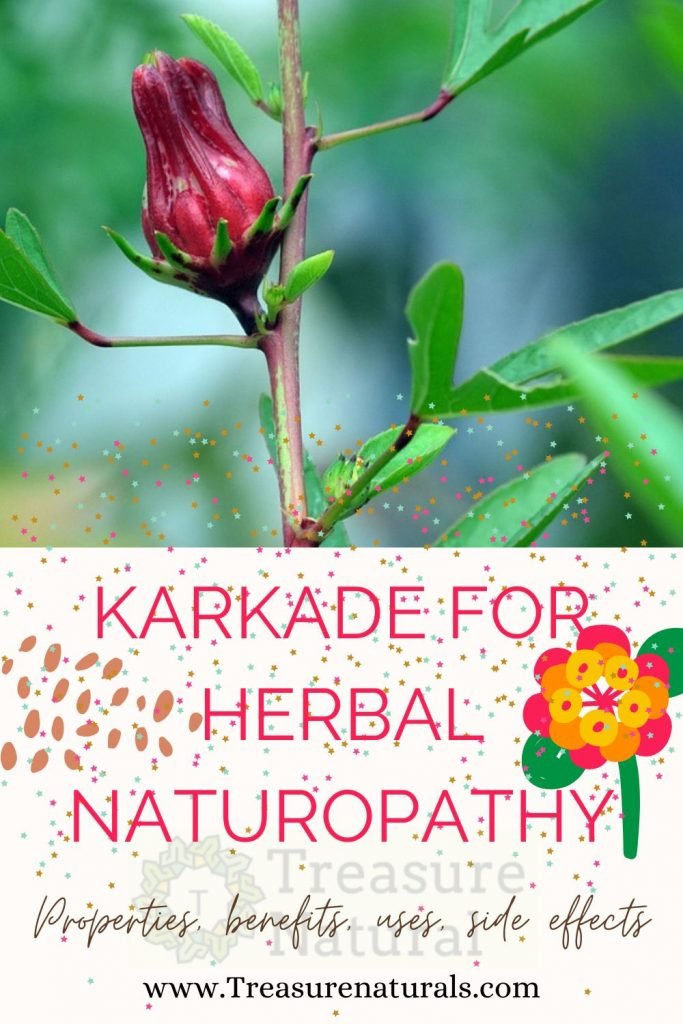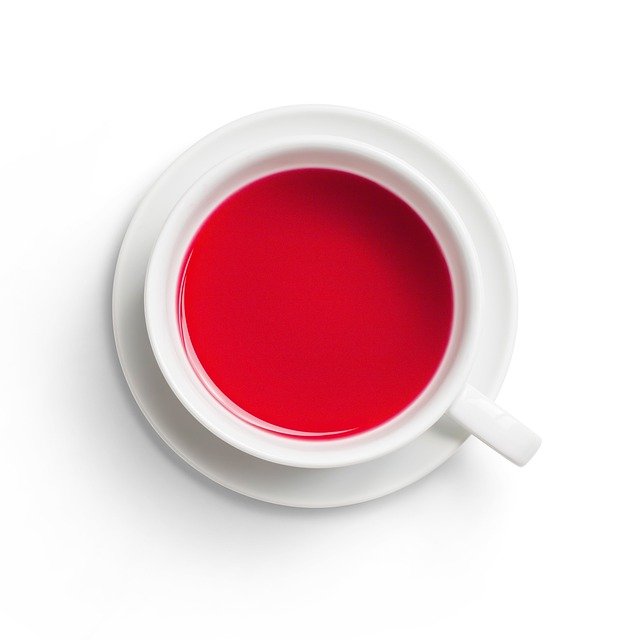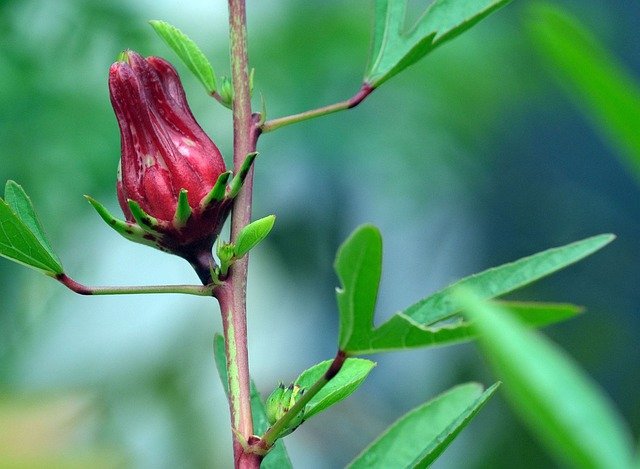
Karkadè is a thirst-quenching and refreshing drink, with diuretic, soothing and anti-inflammatory properties.
The karkadè (Hibiscus sabdariffa) is a plant of the Malvaceaefamily. From hibiscus flowers you get a thirst-quenching and diuretic drink.
Properties of karkadè
The karkadè or carcadè, also known as pink tea of Abyssinia, is a drink that is obtained from the infusion of the calyxes and epicicules of hibiscus flowers, the Hibiscus sabdariffa.

The main properties attributed to karkadè are:
- Diuretics;
- anti-inflammatory;
- antioxidants;
- emollients
- mildly laxative
- soothing
- refreshing
- tonic
The benefits of karkadè are attributed to the presence of organic acids, polysaccharides, phenolic compounds(flavonoids, anthocyanins), tannins, mucilage, phytosterols and vitamin C present in the drug of the plant.
Benefits of karkadè
Thanks to the properties of hibiscus,the consumption of karkadè has anti-inflammatory and antioxidant action and is useful to protect blood vessels and to counteract capillary fragility varicose veins, hemorrhoids, couperose and cellulite.
The diuretic properties of the infusion of karkadè, help to lower blood pressure and, combined with the anti-inflammatory and antioxidant action, can improve the course of infections and inflammations of the urinary tract such as cystitis and help fight water retention.
In addition, karkadè has emollient and mildly laxative action, so its consumption can help relieve chronic constipation.
Unlike tea, karkadè does not contain caffeine, but still has a tonic action that helps fight fatigue and asthenia.
Herbal tea with karkadè
From the infusion of hibiscus flowers you get a refreshing and thirst-quenching drink, slightly acidic, pleasantly citrus and with an unmistakable intense red color.
Karkadè herbal tea is prepared with 1-2 grams of dried hibiscus flowers in 150 milliliters of boiling water. After leaving the flowers to infuse for about ten minutes, it is filtered and can be consumed. Theinfusion of karkadè can also be enjoyed cold with the addition of lemon juice or sweetened with honey. You can drink several cups a day at any time of the day; not containing caffeine, you can drink karkadè before sleeping.
How to use
Karkadè, in addition to being consumed as an infusion,is also found in the form of a dry extract in capsules and as a mother tincture. Karkadè extract is taken at dosages ranging from 150 to 600 milligrams per day divided into three administrations, while the amount of mother tincture is 40 drops from one to three times a day.
Karkadè in pregnancy
Karkadè is not contraindicated in pregnancy but should be consumed in moderation , especially during the first trimester.
Contraindications of Karkadè
Karkadè has no particular contraindications or side effects and its use is not recommended only in case of allergies or individual sensitivity. Better not to abuse it in case of low blood pressure.
Description of the plant
The karkadè plant is a perennial shrub that can reach three meters in height. The leaves are green with a slightly toothed margin and trilobed lamina. The flowers of the karkadè have five petals gathered in a red and fleshy calyx. The calyx is collected after fertilization, when it increases in size and becomes fleshy.
Habitat of karkadè
The karkadè plant is native to western India and cultivated in the subtropical areas of Asia and Africa.
Background

The word karkadè comes from the name karkadeb with which the plant is called in the dialect Tacruri, in Ethiopia. Also known by other names as “red tea” (for the affinities of preparation with tea), red tea of Abyssinia, Nubian tea, Jamaican sorrel, karkadè is a very common drink especially in hot countries, and in Egypt, where it is consumed both hot and cold, because it is very refreshing and thirst-quenching, for this reason, traditionally on long journeys, Africans keep a dry flower in their mouths.
In America in the period of Prohibition it was used instead of wine (for the aesthetically similar appearance), in other places, such as in Jamaica, it became for the ruby red color the Christmas drink.






